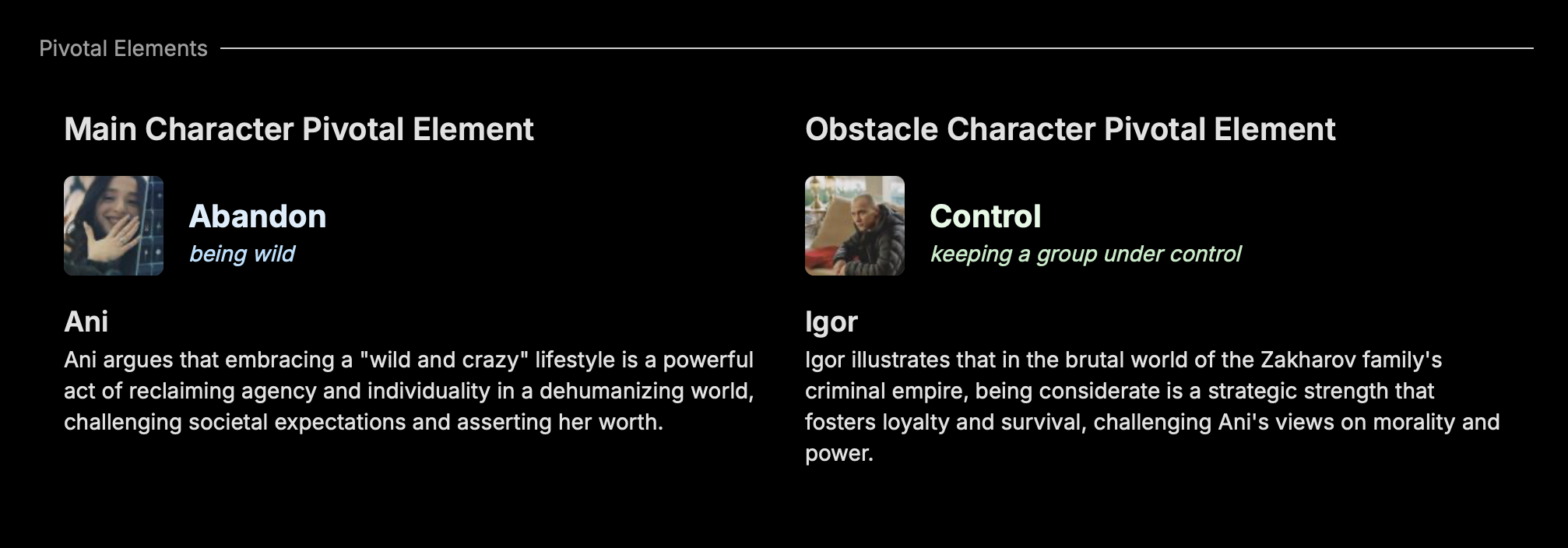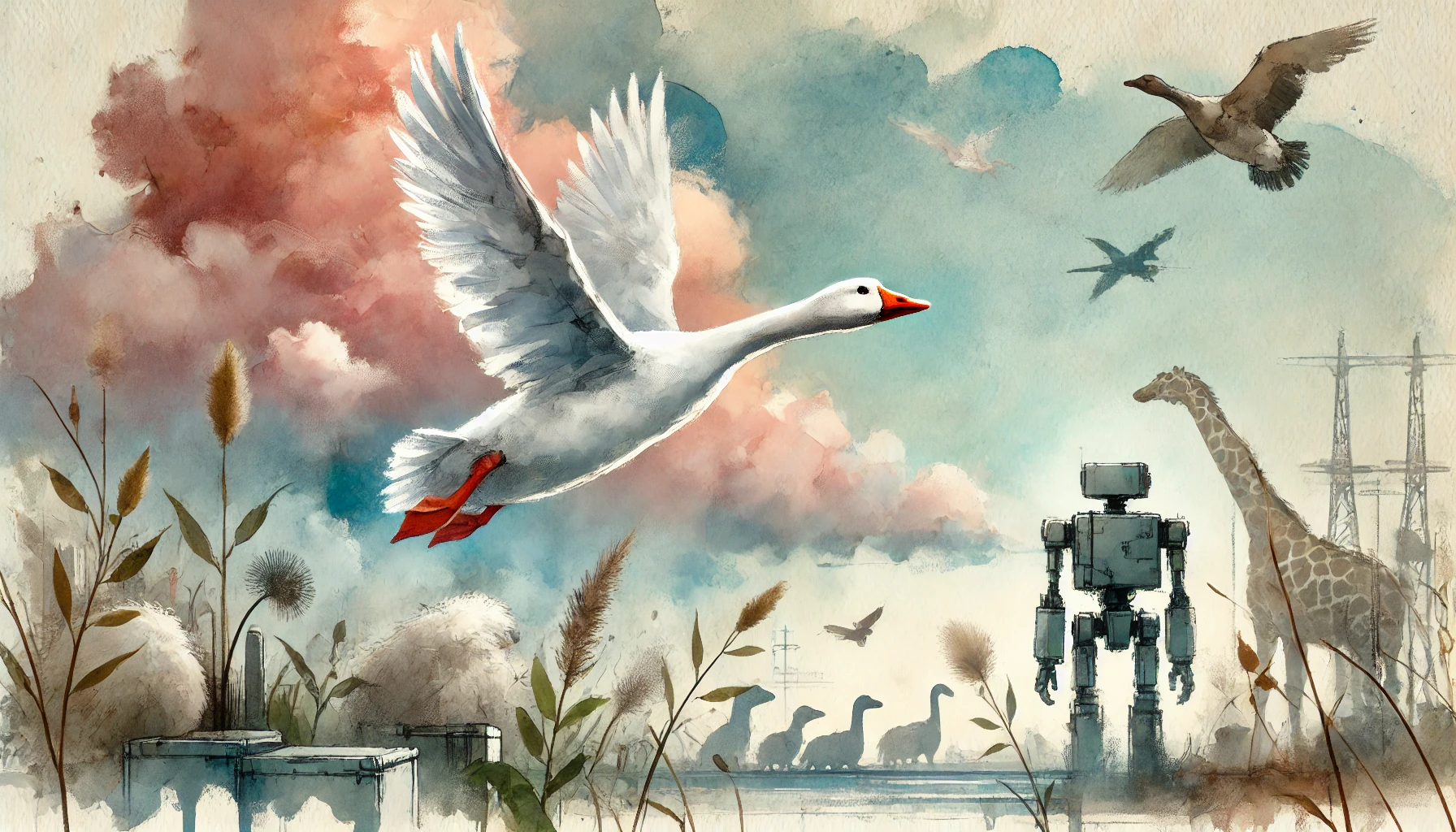
Why Some Stories Stay With You (and Others Just Make You Cry)
When a movie feels more like a series of vibes instead of a story
Have you ever walked out of a movie feeling deeply moved—but also a little lost? Or ended a streamed movie at home and immediately struggled to recall what actually happened? You know it made you emotional, but if someone asked what it was about, you’d struggle to put it into words.
That’s because many films today, even some of this year’s most celebrated ones, are missing a key ingredient: true inequity.
Conflict vs. Inequity
A lot of stories put their characters in difficult situations—challenging, tragic, even life-threatening ones—but without a clear inequity at their core, they don’t really go anywhere. Characters react to events, things get worse, maybe there's a moment of catharsis, and then... it ends. But because there was no fundamental opposition between two forces, it’s hard to say what the story was actually trying to communicate.
Compare that to a film like Anora, which was nominated this year and stands out because it builds its entire story around a clear inequity:
- Ani embodies Abandon—the idea that embracing a wild, chaotic life is an act of personal freedom and agency.
- Igor represents Control—believing that in a ruthless world, keeping things in check is the only way to survive.

They don’t just have different personalities; they exist in direct opposition. Ani’s choices threaten Igor’s worldview, and vice versa. Their conflict isn’t just situational—it’s inevitable. And that’s why it resonates.
A Method for Generating Conflict
This idea—positioning one truth against another—is a powerful way to create meaningful conflict in storytelling.
Stories become dynamic when they juxtapose two competing truths. The key is to take a belief that holds true within one context and then challenge it with an alternative truth from another perspective.
For example, let’s take the statement:
People need to eat in order to stay sane.
That’s a truth. But now let’s introduce another truth from a different perspective:
Arriving early is important to make someone happy.
Both ideas make sense on their own, but when a character is put in a situation where they must choose between eating or being on time, the tension emerges. And it’s even more difficult when you’ve got hangry children in the backseat. There is no easy solution—one truth must give way to the other.
The best stories are built on these kinds of foundational inequities—situations where two opposing forces cannot exist in harmony.
How Muse Helps You Find the Core of Your Story’s Argument
This is where Muse in Subtxt can really elevate your storytelling. Muse doesn’t just help you generate conflict; it pinpoints the exact Pivotal Elements that define your story’s argument, ensuring that your thematic tension is clear and compelling.
For instance, in our earlier example about eating vs. arriving early, we can refine the conflict using legitimate Pivotal Element pairs from the Subtxt Narrative Framework.
Frame 1: The Conflict of What You Know vs. What You Think
- MC Pivotal Element: Determination (determining that eating is vital to staying sane)
- OC Pivotal Element: Expectation (expecting that arriving late will make your in-laws very unhappy)
This pair introduces a proper dynamic and aligns with the thematic tension. The Main Character in this imaginary story might focus on what they expect is necessary, while the Obstacle Character would push forward with sheer resolve and determination, creating a compelling conflict.
Frame 2: The Clash of Pragmatism vs. Emotion
- MC Pivotal Element: Logic (rationally deducing that eating is essential to function properly)
- OC Pivotal Element: Feeling (emotionally driven by the desire to make someone happy by being on time)
This version shifts the tension from Determination vs. Expectation to a direct contrast between rational thinking and emotional motivation—a classic storytelling framework.
Muse helps writers find these pairs within their own stories, ensuring that their conflicts have clarity and depth. If you struggle to identify a dynamic pair in a movie you just watched, chances are it’s missing this core tension—leaving you with a story that may feel powerful in the moment but fades soon after.
Can You Find the Conflict in Your Own Story?
A great trick to see if your story is truly working is to ask: Can I identify the two opposing Pivotal Elements? If you can’t, Muse can help.
Upload your draft to Subtxt, let Muse analyze your narrative, and discover the real argument at its core. Instead of just telling a story, you’ll be making an argument—one that can’t be ignored.
Because the best stories don’t just make you cry. They make you think.
Want to refine your narrative? Try Muse today and find the true inequity at the heart of your story.
Happy writing!

Download the FREE e-book Never Trust a Hero
Don't miss out on the latest in narrative theory and storytelling with artificial intelligence. Subscribe to the Narrative First newsletter below and receive a link to download the 20-page e-book, Never Trust a Hero.

